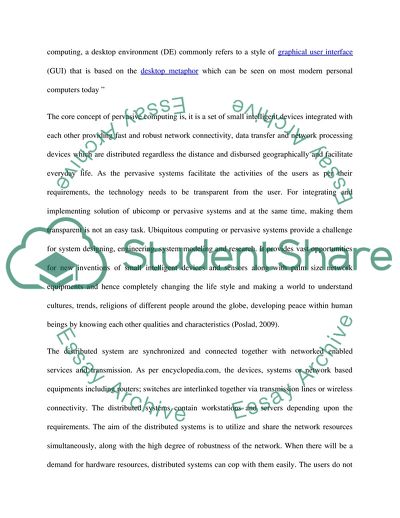Cite this document
(Fundamental Properties of Pervasive Systems Assignment, n.d.)
Fundamental Properties of Pervasive Systems Assignment. Retrieved from https://studentshare.org/information-technology/1730088-pervasive
Fundamental Properties of Pervasive Systems Assignment. Retrieved from https://studentshare.org/information-technology/1730088-pervasive
(Fundamental Properties of Pervasive Systems Assignment)
Fundamental Properties of Pervasive Systems Assignment. https://studentshare.org/information-technology/1730088-pervasive.
Fundamental Properties of Pervasive Systems Assignment. https://studentshare.org/information-technology/1730088-pervasive.
“Fundamental Properties of Pervasive Systems Assignment”. https://studentshare.org/information-technology/1730088-pervasive.


